Turquoise is an opaque mineral with light green to light blue color. Its Mohs hardness reaches 5-6 and is a bit harder than glass. Turquoise is a secondary mineral, meaning it is created by the weathering and oxidation of preexisting minerals and mined mostly in copper mines.
It is a quite rare and precious material and extremely popular since antiquity. It was one of the first gemstones to be mined in antiquity. It has been used in Egypt since at least 3000 BC, while in Europe it began to spread in the 14th century.
Iran is the most important turquoise producer since 2000 BC., with the highest quality of turquoise being produced in Horaşan, Iran. Other countries with remarkable turquoise production are Bulgaria, China, the USA, Australia, Germany, and India.
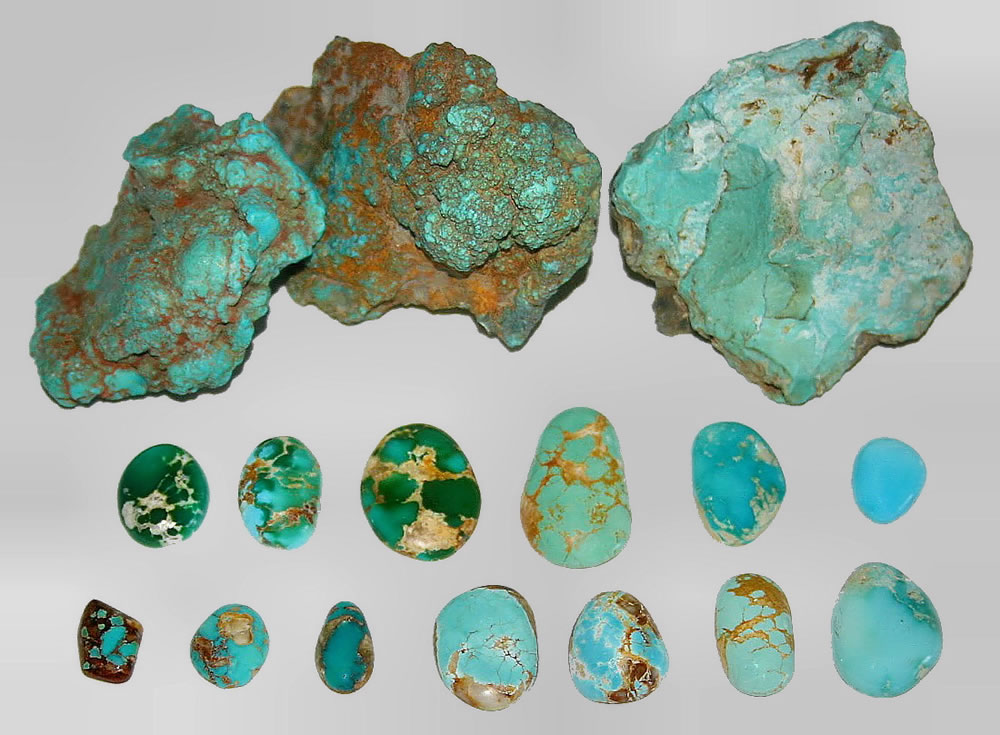
Turquoise originating from Iran usually has a bright blue color without a matrix, that is, foreign elements in its composition that appear as veins. The existence of these veins can give a distinctive character to turquoise since different materials produce different colors. Also in many cases, these veins can help determine the origin of the stone based on the composition of the materials.
Turquoise is a porous, sensitive material. Light, air, and contact with foreign elements such as water or fragrances alter turquoise by affecting its color first. In order to keep its color and texture stable, turquoise is often superficially covered with a special protective varnish, a kind of treatment that is acceptable to the jewelry and gemstone industry.
Turquoise was very popular in antiquity, because of its color and because it was thought to have the capacity to protect its owner from dangers, but also warn him about an upcoming disease or other danger, by changing its color.
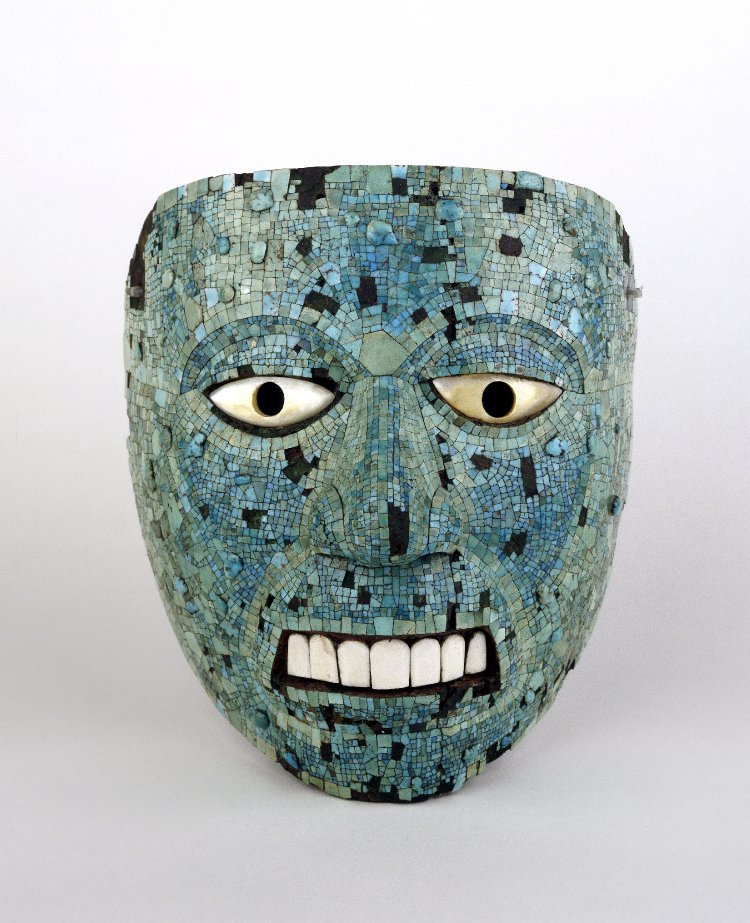
One of the most famous heirlooms decorated with turquoise is the Xiuhtecuhtli mask, the Aztec god of fire, made of hundreds of pieces of turquoise, which are glued to a cedarwood base. The mask was brought in Europe by Cortez and given to King Charles V, and today it is exhibited at the British Museum.
In Iran, the domes of palaces were decorated with turquoise, because its bright blue color was considered to symbolize paradise on earth.
Other civilizations that used turquoise for engraving, amulets, or jewelry were the Aztecs, Mesopotamians, Indus Valley civilizations, and the Chinese.
Even today turquoise is used by the native of America as the basis for jewelry making, continuing the tradition of the Aztecs.
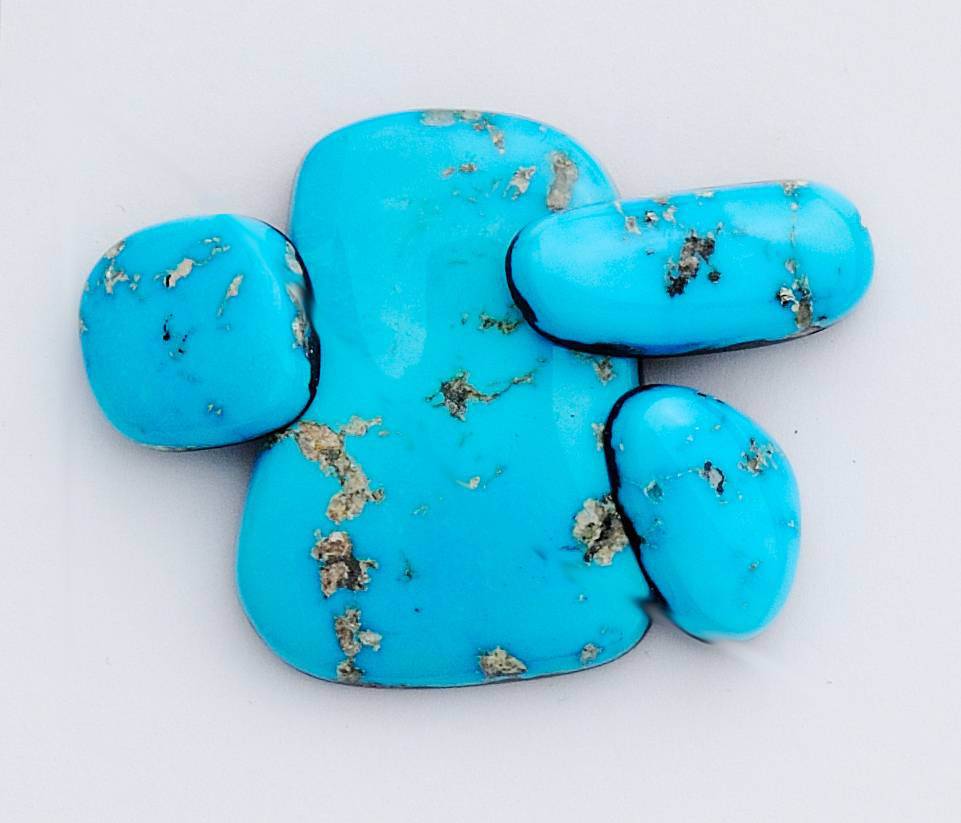
The most famous variety, mainly due to color, is Sleeping Beauty, from the mine with the same name, where turquoise has stopped being mined. As long as the mine was operating, the price of turquoise was $10 per carat, and now it has risen to $50 per carat.
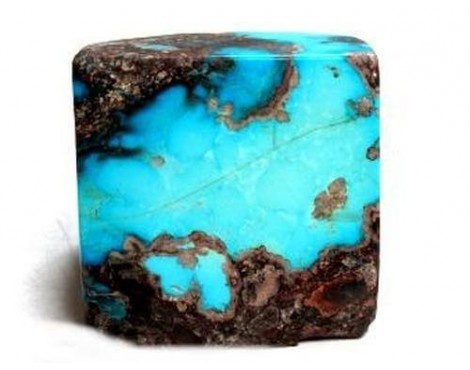
Bisbee blue or Bisbee turquoise is a variety of turquoise mined in the Bisbee copper mine in Arizona, USA. The color of this turquoise variety is bright blue, approaching the color of Lapis Lazuli.
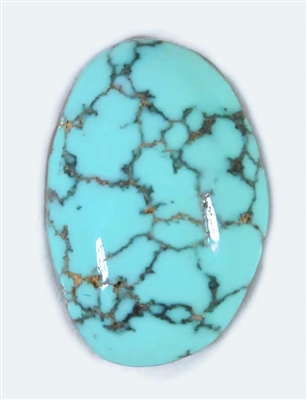
Lone Mountain Turquoise, which comes from Nevada, has light to dark blue with black veins. A characteristic of this variety is that it retains its blue color even after years of use.